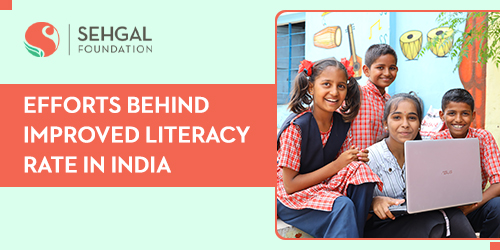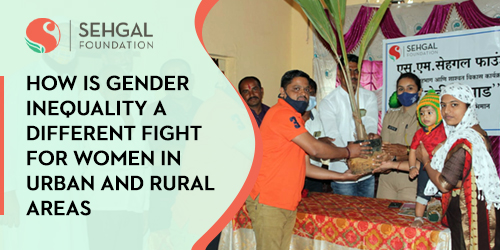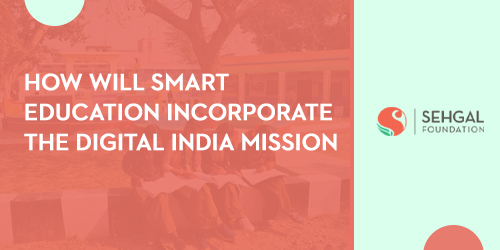Related Blogs/ News
-
Efforts Behind Improved Literacy Rate In India
Literacy is an indispensable prerequisite for individual empowerment, offering vast advantages to individuals, families, and communities’ capabilities, providing them access to health, education, economic opportunities, political participation, and cultural enrichment.
Read More -
How Is Gender Inequality A Different Fight For Women In Urban And Rural Areas
Although the Constitution of India grants men and women equal rights, gender disparities remain. Gender discrimination is mostly in favor of men, which affects women from both urban and rural India.
Read More -
How Will Smart Education Incorporate The Digital India Mission?
India, known for its rich intellectual heritage, has witnessed a concerning brain drain trend, where talented individuals seek opportunities abroad instead of contributing to their homeland. Once renowned for exporting spices, India now exports its valuable human resources.
Read More






 Contact us
Contact us  Sign up for
Sign up for